
Physiology News Magazine
Maintaining your attitude at altitude
The logistical, personal and scientific challenges of high-altitude research
Features
Maintaining your attitude at altitude
The logistical, personal and scientific challenges of high-altitude research
Features
Joshua C Tremblay, Queen’s University, Kingston, Canada
Michael M Tymko, University of British Columbia, Kelowna, Canada
https://doi.org/10.36866/pn.111.24
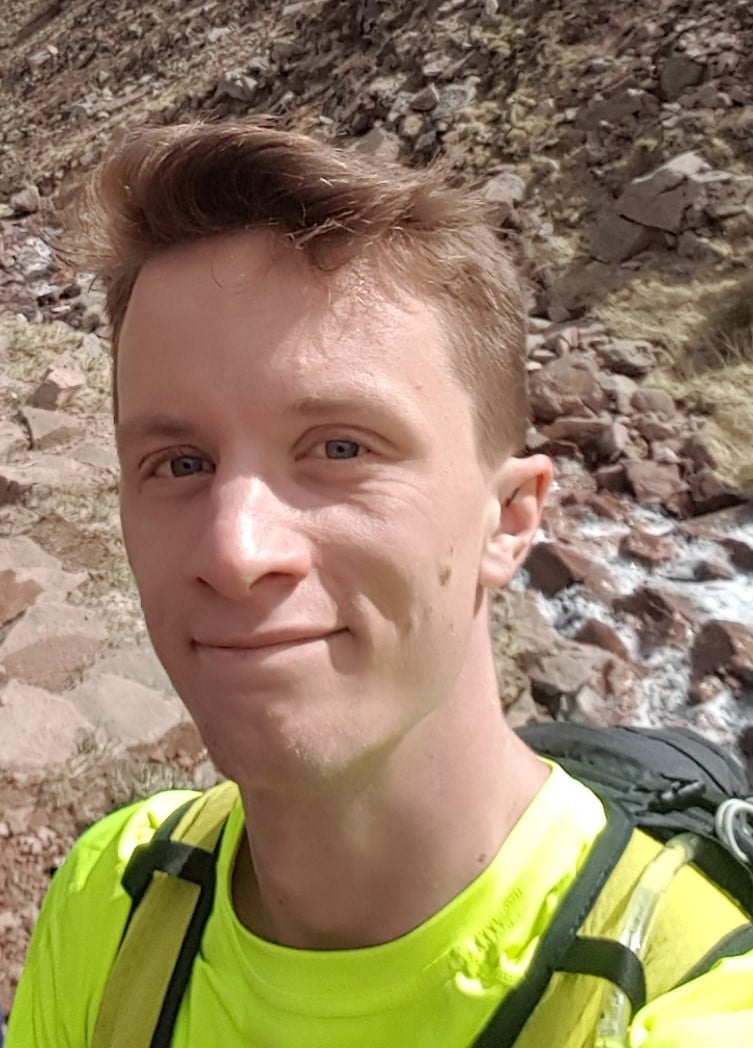
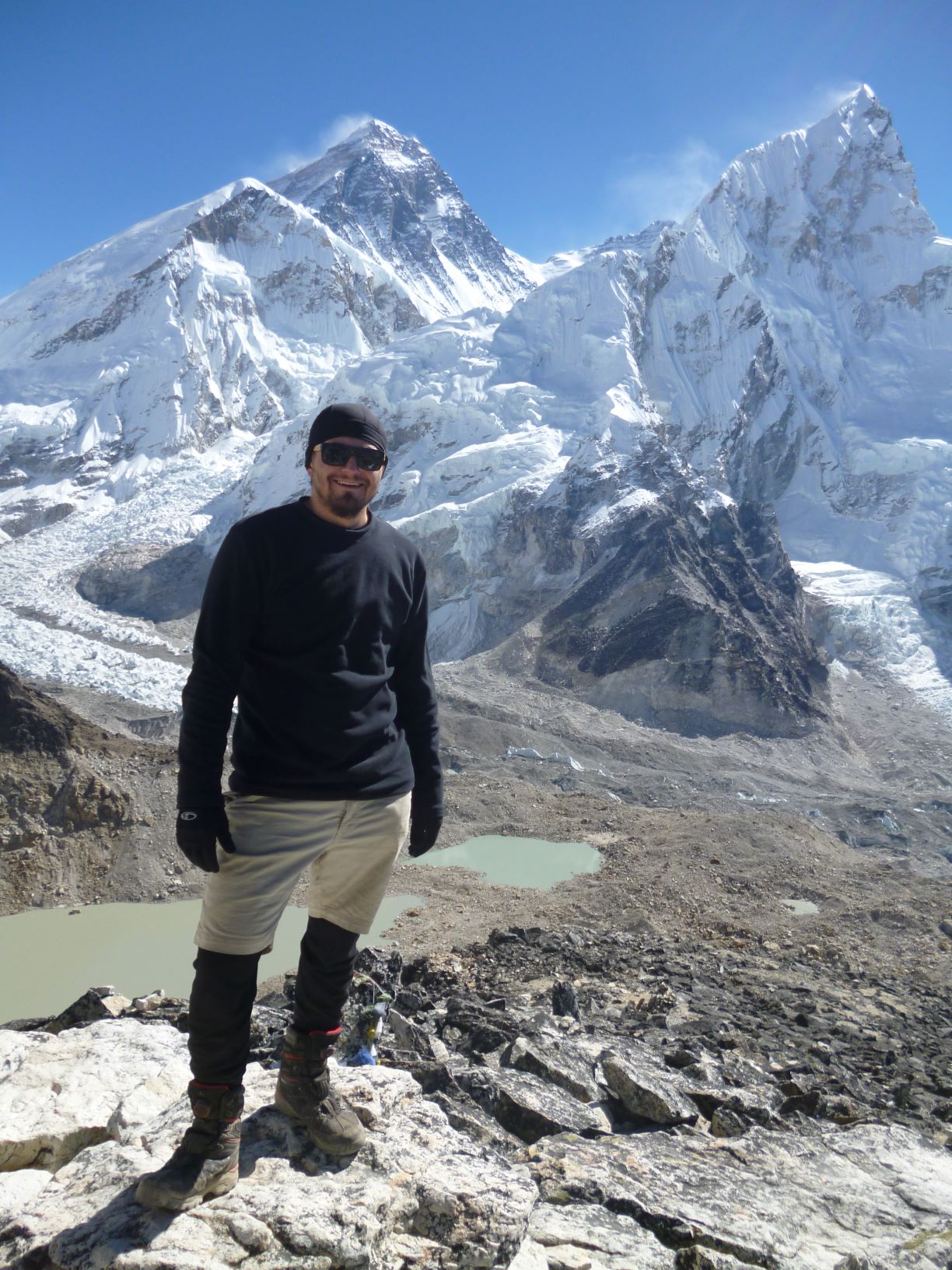
Humans are the only mammals to have colonised all of Earth’s most extreme environments, and the mechanism(s) of human adaptation in the different domains have naturally attracted the attention of physiologists for centuries. Permanent settlements and sojourners at high altitude are subject to potent environment stressors, specifically low levels of oxygen, colder temperatures and increased ultraviolet radiation. Therefore they undergo various physiological adaptations and acclimatisation. Hence, populations that have thrived at high altitude for millennia have evolved distinct physiological phenotypes, and the study of these unique traits continues to draw scientists to uncomfortable environments, notably to advance our understanding of the physiological adaptation to acute and long-term hypoxia exposure.
Our research team is one of few that conducts large-scale high-altitude research expeditions globally. These expeditions are an exceptional challenge as they require the organisation of 30–50 people, ~1–3 tonnes of equipment, the structure to perform ~20 cutting-edge research studies and the necessary funding for these projects. Most importantly, these expeditions require a large, cohesive team that can perform at the highest level, all while suffering from high-altitude related illness. Herein, we discuss phenotypic differences between high-altitude natives and the importance of high-altitude research, and provide some behind-the-scenes insight on previous and forthcoming expeditions.
Phenotypic differences between high-altitude natives
The indigenous populations of the Tibetan, Andean and Ethiopian plateaux have developed three separate physiological adaptive strategies to thrive in their respective harsh hypoxic environments. Although there is considerable debate regarding specific durations, the general consensus is that the Old World plateaux (Ethiopian and Tibetan) have been settled for longer than the Altiplano in the New World (Andeans). These plateaux have spawned magnificent empires including the Ethiopian, Tibetan, Tiwanaku and Inka. The different steps of oxygen transport and utilisation yield impressive function at high-altitude in these populations compared to low-landers. When native low-landers are transplanted to altitudes above 2500 m, hyperventilation and increased red blood cell formation in the bone marrow (erythropoiesis) compensate for the reduced oxygen levels in the blood. Andeans (Quechua and Aymara populations) present what can be considered an exaggerated form of typical low-lander high-altitude adaptation with increased haemoglobin levels and haematocrit and high oxygen saturation, together increasing the oxygen content in arterial blood so that it actually exceeds that of low-landers at sea level.
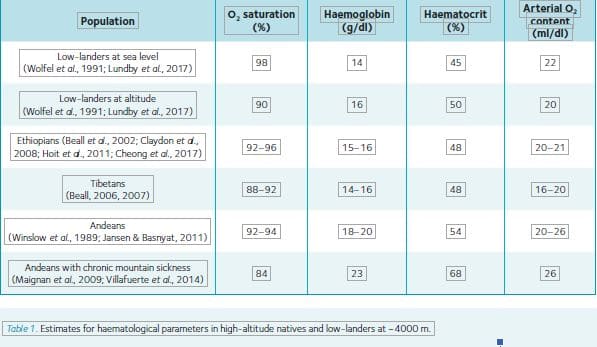
In some instances (~10%), this adaptive response is perturbed with an excessive production of red blood cells, and thus elevated haematocrit, and reduced oxygen saturation. The resultant exceptionally thick blood combined with hypoxaemia leads to so-called chronic mountain sickness, which involves cardiovascular and neurogenic sequelae. Andeans appear to be especially susceptible to this maladaptation, and large increases in haemoglobin and blood viscosity may not represent the ideal adaptive strategy. Indeed, Old World high-altitude natives, such as Tibetans and Ethiopians, exhibit alternative adaptive strategies and, perhaps as a result, display a negligible incidence of chronic mountain sickness. Hence, Tibetans (and Sherpa) present lower haemoglobin concentration and oxygen saturation at similar altitudes compared to Andeans, resembling an unacclimatized low-lander at high-altitude. Tibetans, whose genetic composition may have been influenced by Denisovan ancestors, seem to rely on enhanced blood flow to sustain oxygen delivery and cellular metabolic adaptations to more efficiently utilise oxygen. Less is known about Ethiopian highlanders (Amhara) of the Simien Plateau, but they do appear to have low haemoglobin concentration and higher than expected oxygen saturation due to an increased affinity of haemoglobin for oxygen. Conceivably, these three phenotypes thus represent distinct evolutionarily driven strategies which permit survival and performance at high-altitude (see Table 1).
The Importance of high-altitude research
Why does this all matter? This is likely the most common question a scientist encounters. Large-scale research expeditions, often requiring transplanting sophisticated laboratories to high-altitude, take great effort and thus necessitate justification. The reasons for undertaking these expeditions are multifaceted, with implications for military deployment to high-altitude (i.e. Afghanistan), the growing number of low-landers vacationing to increasingly accessible high-altitude destinations, and commercial flight personnel who are exposed to mild hypoxia during flight; and importantly, these data furthermore have translational implications for patients in critical care and other clinical incidences of hypoxia. Fundamentally, high-altitude physiology research affords incredible insight into biological adaptation to hypoxia that can be gleaned through physiological-phenotyping of high-altitude natives. The timing of this research is urgent, as migration and modernisation are rapidly changing traditional ways of life and high-altitude exposure in high-altitude natives (Beall, 2013). Lastly, from personal standpoints as graduate students that have had the opportunity to contribute to multiple high-altitude expeditions, the learning opportunity from these expeditions is unparalleled. The immensely rewarding aspects of high-altitude research expeditions is only possible following the seemingly insurmountable task of organisation. Our research group is currently amid a ~5-year-long, multiple population, single-stress study design. We will provide a brief overview of the projects, experiences and logistical hurdles faced with our 2016 Nepal expedition, our current 2018 Peru expedition and lastly, the potential for an Ethiopia expedition in 2020.
High-altitude research expedition – Nepal 2016
In the fall of 2016, ~40 researchers spanning 10 universities and six countries gathered in Kelowna, British Columbia, Canada, to undertake one month of intensive baseline, ‘sea-level’ testing (344 m altitude). This included studies of cerebrovascular, pulmonary vascular, peripheral vascular, cardiac and autonomic function. After the whirlwind of baseline collection, the entire Cerebrovascular Physiology Laboratory from the University of British Columbia (Okanagan campus) was torn down and packaged into Pelican cases for travel to Nepal. For those that have experienced the hectic Tribhuvan International Airport in Kathmandu, you would understand that there was a possibility that the cases would never emerge from the baggage carousel. Incredibly, all of our equipment (amounting to ~2 million dollars) arrived unscathed. The team reconvened at the Kathmandu Guest House located in Thamel for a week of intensive data collection on each other and a subset of Sherpa who had agreed to descend from the Khumbu Valley a couple of weeks prior. Testing proceeded relatively smoothly, save a comical number of electrical fires and unavoidable gastrointestinal problems amongst the team.Notably, the recurring blackouts and severe electrical noise were a particular nuisance for studies attempting to acquire direct nerve recordings for assessment of autonomic function (Fig. 1).
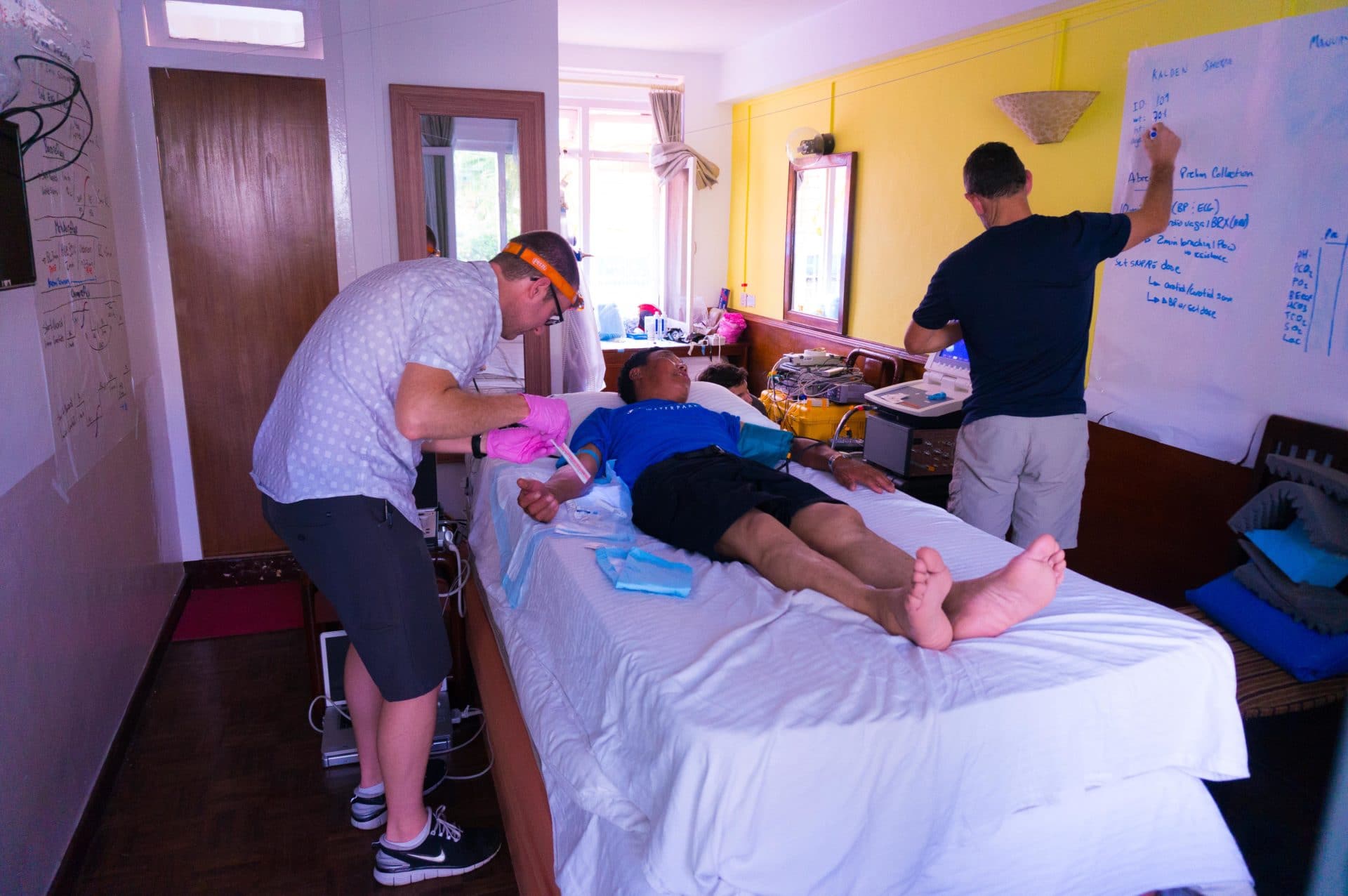
Upon completion of the round of data collection in Kathmandu, all of our equipment was repacked and bound for Lukla, Nepal, where it would be carried by one of three ways: 1) on our backs, 2) by local Nepalese porters, and 3) by yaks and dzos (a yak–cow hybrid). Physiological function was measured at several locations during ascent in both us low-landers and the impressive local Sherpa en route to the penultimate destination, the beautiful Ev-K2-CNR Pyramid laboratory (Figs. 2 and 3). There, six semi-permanent labs were set up and were the foundation of over 10 distinct studies, which would consume our lives for the next ~four weeks.
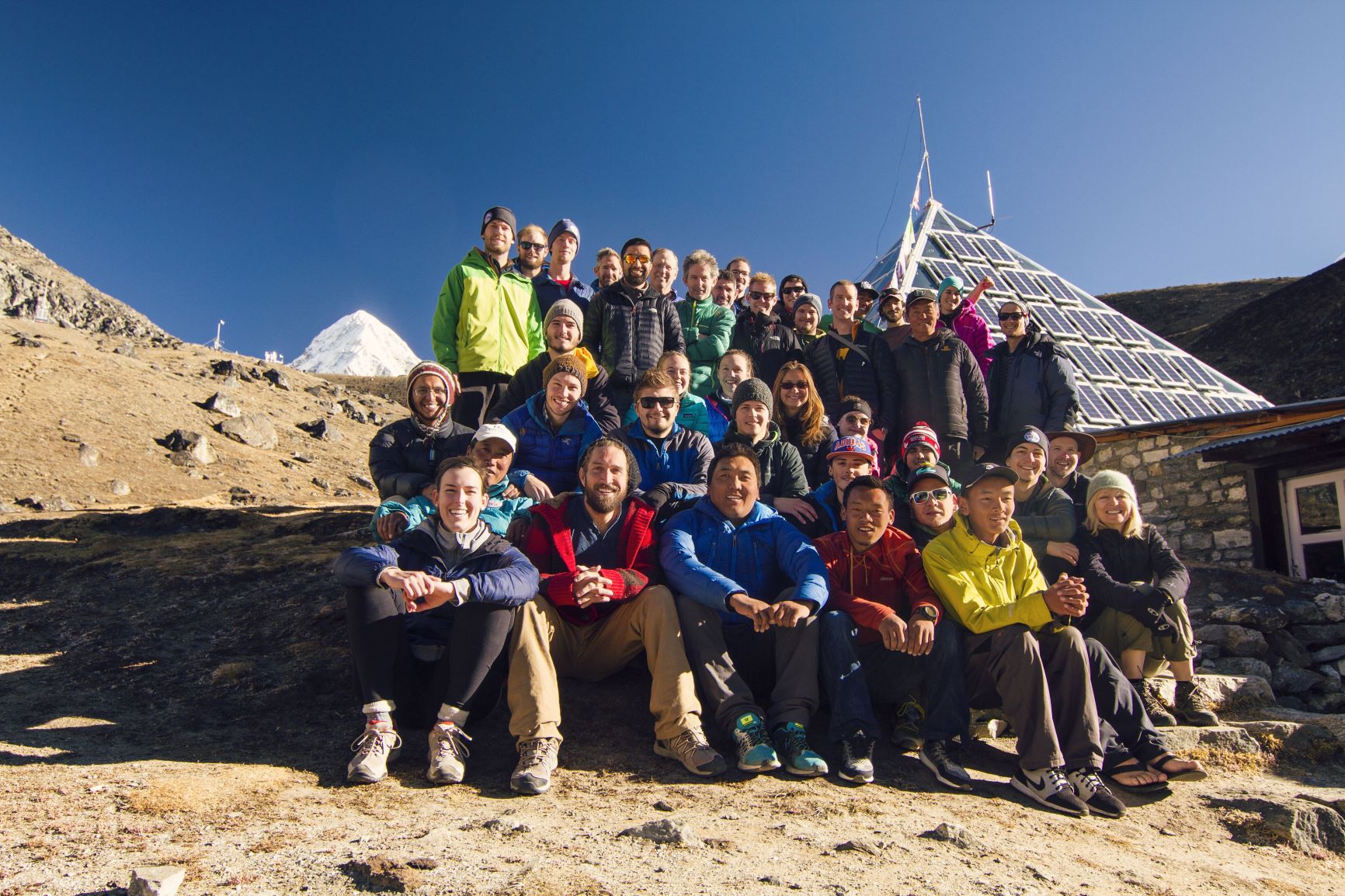
It was the late Chris Willie, at the time a postdoctoral fellow from UBC Okanagan and one of the key expedition leaders, who had mentored several of us graduate students and encouraged us to become integral members of the expedition team. Our skill development over the course of the expedition improved exponentially, in large part due to Chris’ commitment to mentorship, while still coordinating parts of the expedition and leading his own study which focused on the influence of iron levels on the pulmonary vasculature. This was a classic example of the experiential learning that emerges in field studies when there is a cohesive team. At the end of the expedition, we had successfully performed comprehensive, state-of-the-art physiological research on a cohort of low-landers and Sherpa. On the last nights at the Pyramid, over some sharp-tasting Nepalese whisky, discussion began on what’s next – and the plan to follow-up by testing Andeans on the Altiplano in Peru was conceived before we had even begun our descent. Come to think of it, most of our ambitious research projects have been planned while under the influence of either whisky or strong IPAs.
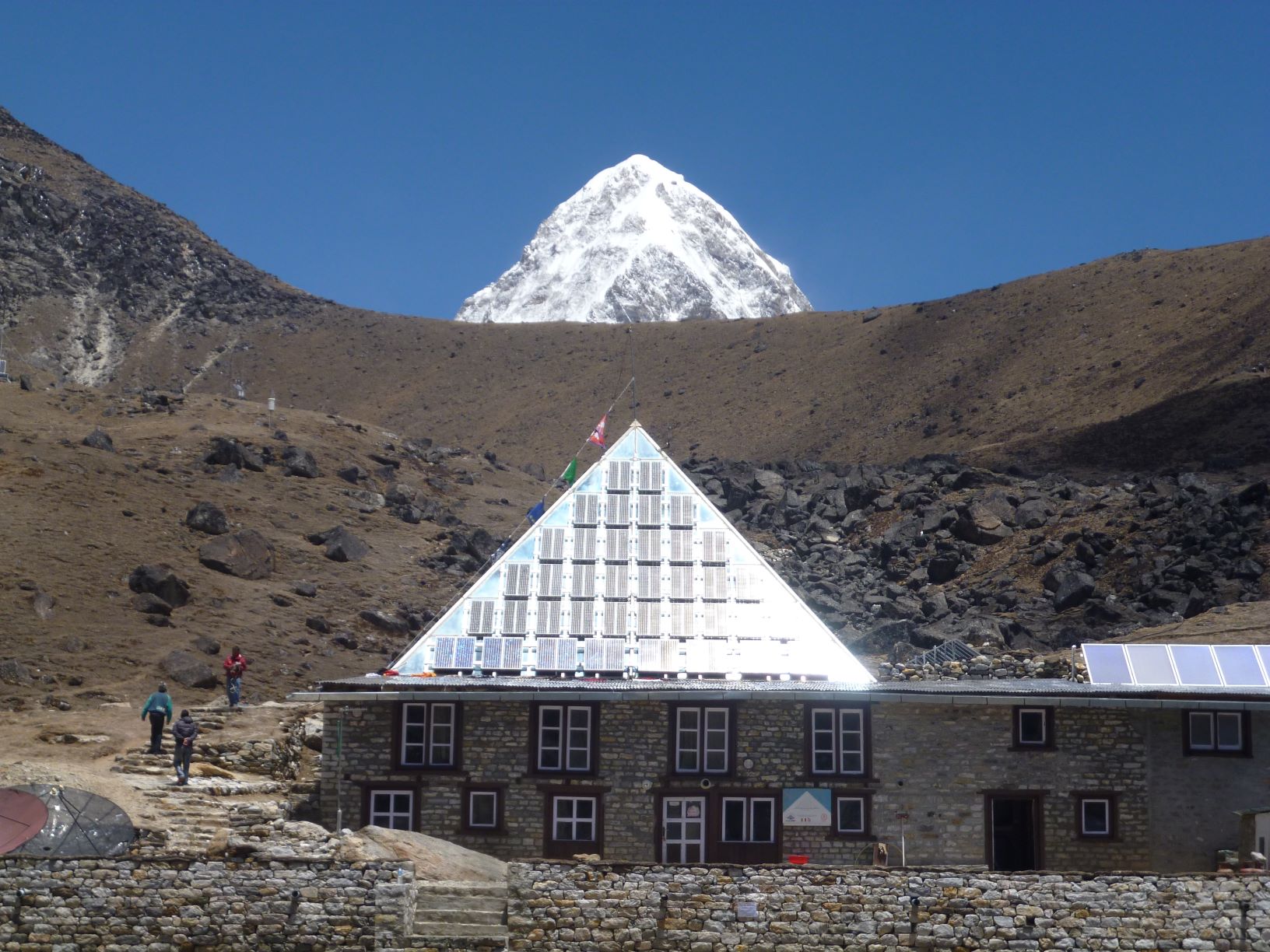
High-altitude research expedition – Peru 2018
Thanks to some fortuitous networking connections to researchers at the Universidad Peruana Cayetano Heredia, who have an established reputation for hosting international physiology research collaboration, our research group is in the midst of final preparations for an expedition to Cerro de Pasco, Peru, scheduled for the summer of 2018. Like Nepal, this will consist of an international contingent and a large team (~40) of co-investigators. Research questions will similarly focus on cardiovascular, cerebrovascular, cardiac and pulmonary function, with the goal to study both well-adapted healthy Andeans and maladapted Andeans with chronic mountain sickness. Unlike Nepal, where a major logistical hurdle is hauling the equipment up the mountain as part of a ~8-day trek, Cerro de Pasco can be reached from Lima, Peru, in ~six hours by vehicle. However, research in Peru is not without its own unique difficulties, such as customs requiring product manuals for all equipment and consumable items in Spanish, an extraordinarily difficult feat given we will be bringing ~300 different pieces of equipment and consumable items. Additionally, organising a schedule for each research project which involves the recruitment of both low-landers and high-altitude natives is an overwhelming undertaking to ensure that all studies are completed within a timely fashion, while avoiding carry-over effects from other studies. Prior to leaving for Peru in June, many team members will be travelling to Kelowna (BC, Canada) for Chris Willie’s funeral. Although no longer with us, Chris is again serving as an inspiration and catalyst to bring our group together.
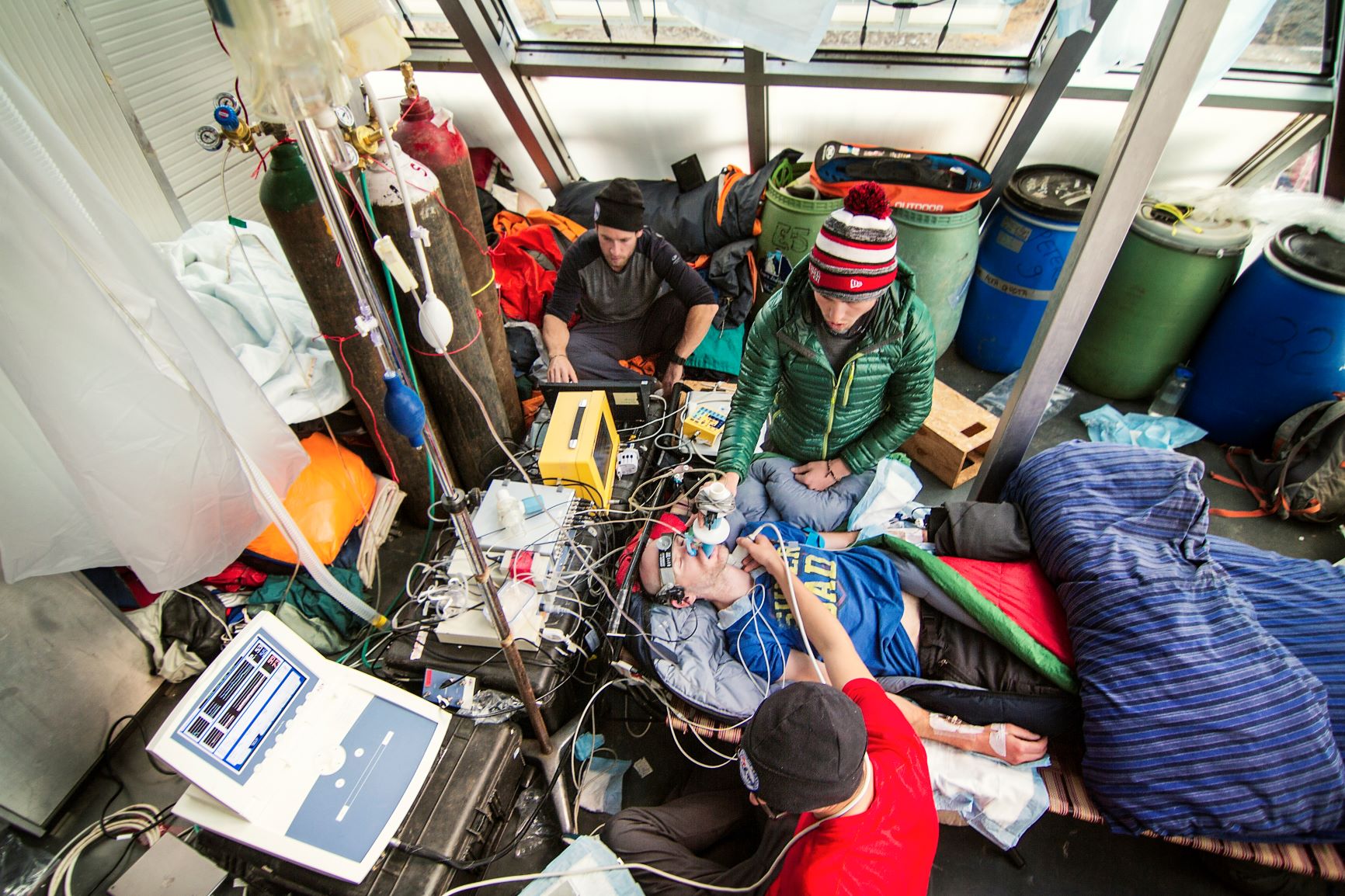
Projected high-altitude research expedition – Ethiopia 2020
Ethiopia will be the final installment in our trilogy of high-altitude adaptation studies. However, the government of Ethiopia recently declared a state of emergency, and the political stability in the country will certainly influence the feasibility of such a project. However, at a recent conference, we were instructed by a well-respected senior researcher to ‘be bold’, ‘push boundaries’ and continue to pursue what seems to be the impossible. Ideally, research of Ethiopian highlanders should include studying the Amhara in the Simien mountains, and the Oromo in the Bale mountains. Despite being closely related ethnic groups that live at similar altitudes, the former have resided at high-altitude for millennia, the latter for ~500 years. The least studied population of high-altitude natives tempts the physiologist, and time will tell how long it takes us to clear the logistical hurdles necessary to complete our investigation.
Significance of high-altitude field work
Successful expeditions require the construction of an effective research team, with perhaps the most integral components being resiliency, tranquility and a compatible sense of humour (Fig. 4). In our experience, individuals have spanned the career spectrum – from undergraduate student to senior principal investigator. This has piqued interest in students, who have gone on to pursue graduate degrees and remain active and successful researchers in the field today. The development of such researchers follows the patience and mentorship of study leaders – like Chris Willie, who managed to strike a balance between conducting high-quality field research and dedicating one-on-one time to training. Chris was a product of this system, learning under the tutelage of Phil Ainslie, and while in Nepal coming full circle and assuming a mentorship role himself. Chris achieved the highest honour for doctoral research in Canada (i.e. Vanier scholarship) and produced over 50 publications (many with >100 citations), including seminal papers on the regulation of regional brain blood flow during alterations in arterial blood gases. Most impressively, Chris did all of these things by the young age of 32, while simultaneously leading several ambitious alpine climbing expeditions all around the world. The many people that came across Chris in his lifetime were inspired by him and his incredible ability to balance a scientific output at the highest level while living a minimalist life focusing on his true love: the mountains and rock climbing. Both of us had the pleasure of knowing Chris for many years and we were at times frustrated with him. We would wonder why he didn’t fully commit himself to research?Without exaggerating, Chris would have likely surmounted ~100 research publications by the end of his PhD if he worked the hours of a regular PhD students. However, after Chris’s passing he left us with the final lesson that life is far too short to take too seriously, and to always make time for your personal life and related passions (see front cover).
References
Beall CM (2006). Andean, Tibetan, and Ethiopian patterns of adaptation to high-altitude hypoxia. Integr Comp Biol 46, 18–24.
Beall CM (2007). Two routes to functional adaptation: Tibetan and Andean high-altitude natives. Proc Natl Acad Sci U S A 104 Suppl 1, 8655–8660.
Beall CM (2013). Human adaptability studies at high altitude: research designs and major concepts during fifty years of discovery. Am J Hum Biol 25, 141–147.
Beall CM et al. (2002). An Ethiopian pattern of human adaptation to high-altitude hypoxia. Proc Natl Acad Sci USA 99, 17215–17218.
Cheong HI et al. (2017). Alternative hematological and vascular adaptive responses to high-altitude hypoxia in East African highlanders. Am J Physiol Lung Cell Mol Physiol 312, L172–L177.
Claydon VE et al. (2008). Cerebrovascular responses to hypoxia and hypocapnia in Ethiopian high altitude dwellers. Stroke 39, 336–342.
Hoit BD et al. (2011). Elevated pulmonary artery pressure among Amhara highlanders in Ethiopia.
Am J Human Bio 23, 168–176.
Jansen GF & Basnyat B (2011). Brain blood
flow in Andean and Himalayan high-altitude populations: evidence of different traits for the same environmental constraint. J Cereb Blood Flow Metab 31, 706–714.
Lundby C et al. (2017). Sustained sympathetic activity in altitude acclimatizing lowlanders and high-altitude natives. Scand J Med Sci Sports.
28 (3), 854-861.
Maignan M et al. (2009). Pulmonary pressure and cardiac function in chronic mountain sickness patients. Chest 135, 499–504.
Villafuerte FC et al. (2014). Decreased plasma soluble erythropoietin receptor in high-altitude excessive erythrocytosis and Chronic Mountain Sickness.
J Appl Physiol (1985) 117, 1356–1362.
Winslow RM et al. (1989). Different hematologic responses to hypoxia in Sherpas and Quechua Indians. J Appl Physiol (1985) 66, 1561–1569.
Wolfel EE et al. (1991). Oxygen transport during steady-state submaximal exercise in chronic hypoxia. J Appl Physiol (1985) 70, 1129–1136.
